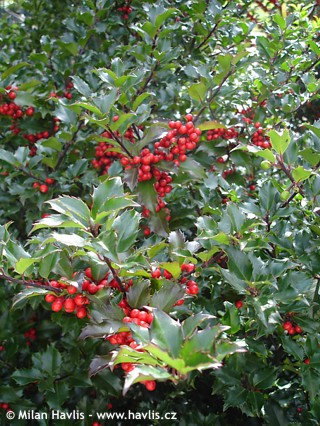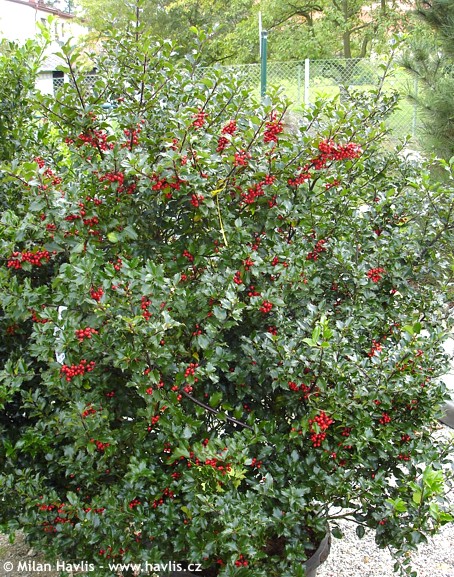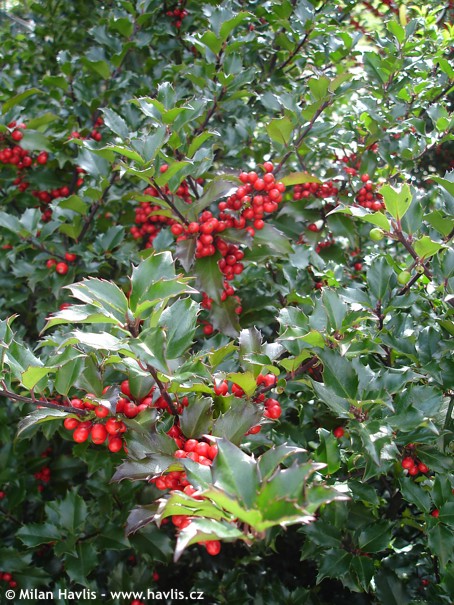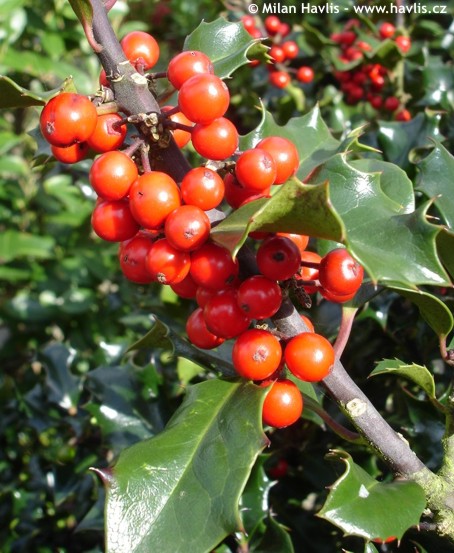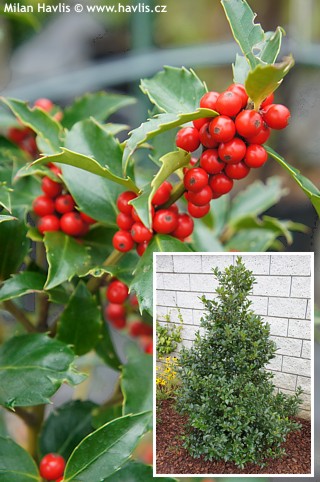Ilex x meserveae 'BLUE PRINCESS' blue holly, Meserve holly - female


e.g. Blue Prince® or Casanova.
The leaves are glossy, medium sized (4x2cm) and finely, not dangerously toothed. Their colour is deep green, almost blue-green with purple margins. Branches are violet. It is a female variety which grows much faster than its parent Blue Prince ®, forming a dense shrub, ideal for hedging. Under good conditions it can make 50 cm per year, or even 80 cm in humid climate with milder winters.
Meserveae hollies are called “blue hollies” thanks to the shade of the species leaves that are dark green with bluish tint. And the name meserveae was chosen for its cultivator, Kathleen Meserve, who, literally on her windowsill, made a cross of ilex rugosa and ilex aquifolium in 1950´s to achieve excellent cold hardiness on a fabulously foliaged evergreen plant. She died in 1999 at the age of 93 but left behind an impressive line of these evergreen superbly hardy varieties.
Blue hollies need almost no maintenance if you provide them with slightly acidic soil at the beginning and enough moisture for the first couple of years to enable establishing extensive root system. They are beautiful and trouble-free dense shrubs with no defoliated twigs even without pruning. They grow moderately fast and make dense foliage in the lower parts while they push new branches upwards. This feature is employed when using this holly into a hedge.
Another huge advantage is its above mentioned hardiness. It can stand very low temperatures without any damage. It is hardy to -29°C (USDA zone 5).
Last update 12-01-2008.
Goods are shipped all over Europe. For Russia and U.K. and for further details please read about SHIPPING OPTIONS HERE.
Are you interested in a serious discount for orders NOV-FEB? Check your options here.
THE PRICES INCLUDE VAT of 15%. For quick conversion you can use 1 CZK = approx. 0.04 EUR
- STANDARD QUALITY - Plants of this group are 1st class quality with number of branches and overall density adequate to their size and age, considering they were container grown.
- DE LUXE QUALITY - This label guarantees a luxurious quality of manually selected plants that, compared to their height and age, are exceptionally dense and beautiful.
- EXTRA - These plants are usually mature and bigger specimens with exceptional overall appearance.
- STANDARD (as described in the plant form) means a tree with a trunk of 190-210 cm and a crown at the top, unless specified differently. The commercial size for trees is their girth measured in the height of 1m from ground.
- HOBBY - These plants are of the same quality as our standard-quality plants but younger and therefore cheaper.
- SHRUB - a woody plant with branches growing bushy from the ground level.
- HALF-STANDARD or MINI-STANDARD - a small tree with shorter trunk, its size is usually specified.
- FEATHERED - These are trees with branches growing already from the base of the trunk and up along the stem.
- GRASSES and PERENNIALS - Sizes given usually read the diameter of the pot or the clump, as specified.












